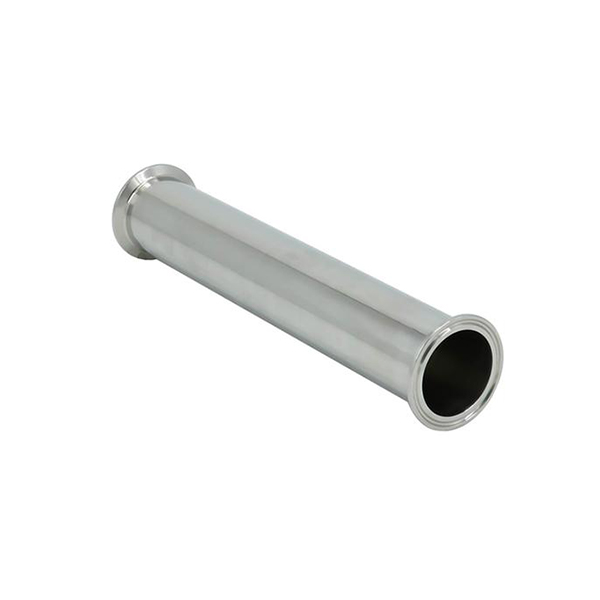Introduction To Polishing Technology Of Stainless Steel Sanitary Pipe
Stainless Steel Sanitary Pipe Technology Related Introduction
Fluid polishing relies on high-speed flowing liquid and the abrasive particles it carries to flush the surface of the workpiece to achieve the purpose of polishing. Common methods include: abrasive jet processing, liquid jet processing, fluid dynamic grinding, etc. Fluid dynamic grinding is driven by hydraulic pressure, so that the liquid medium carrying abrasive particles flows back and forth at high speed over the surface of the workpiece. The medium is mainly made of special compounds (polymer-like substances) with good flowability under low pressure and mixed with abrasives. The abrasive can be made of silicon carbide powder.
The failure of electrochemical polishing of stainless steel sanitary pipes is first of all the local burning of the stainless steel pipe surface, which may be caused by excessive current or loose clamping. If the edges and corners and tips are corroded, it may be due to too long electropolishing time or too large current, or too high temperature. There are yin and yang sides and local fogging on the surface of stainless steel sanitary pipes, which may be due to the fact that the parts are not opposite to the electrode, or the parts overlap and block each other. The stainless steel pipes in the same tank are bright in some places and dark in others. It may be that there are too many steel pipes in the lower tank and the fixture is too large, resulting in a large difference in current density in different places of the fixture. The polishing of stainless steel sanitary pipes is not bright and foggy. It may be that the proportion of the solution components is unbalanced. The relative density and content should be adjusted, or the solution has been used for too long, and the solution should be replaced locally. There are black spots on the surface of the stainless steel pipe, which may be that the oxide scale on the surface has not been removed.
Mechanical polishing is a polishing method that relies on cutting and plastic deformation of the material surface to remove the convex parts after polishing to obtain a smooth surface. Generally, oil stone strips, wool wheels, sandpaper, etc. are used, and manual operation is the main method. For special parts such as the surface of a rotating body, auxiliary tools such as a turntable can be used. For high surface quality requirements, ultra-fine grinding and polishing methods can be used. Ultra-fine grinding and polishing uses a special grinding tool, which is pressed tightly on the processed surface of the workpiece in a grinding and polishing liquid containing abrasives and rotates at high speed. Using this technology, the surface roughness of Ra0.008μm can be achieved, which is the highest among various polishing methods. Optical lens molds often use this method.
Chemical polishing is to make the microscopic convex parts of the material surface in the chemical medium dissolve preferentially over the concave parts, thereby obtaining a smooth surface. The main advantages of this method are that it does not require complex equipment, can polish workpieces with complex shapes, can polish many workpieces at the same time, and is highly efficient. The core issue of chemical polishing is the preparation of the polishing liquid. The surface roughness obtained by chemical polishing is generally several tens of μm.
